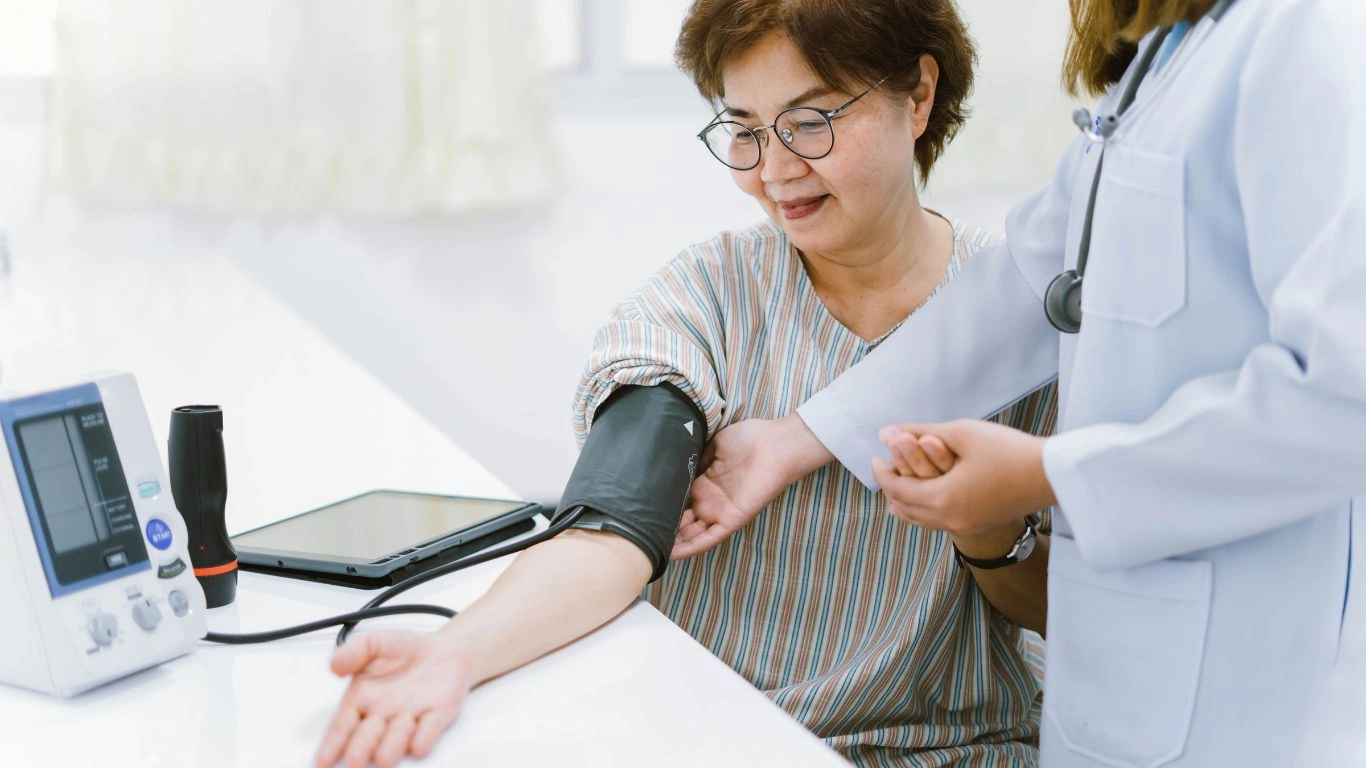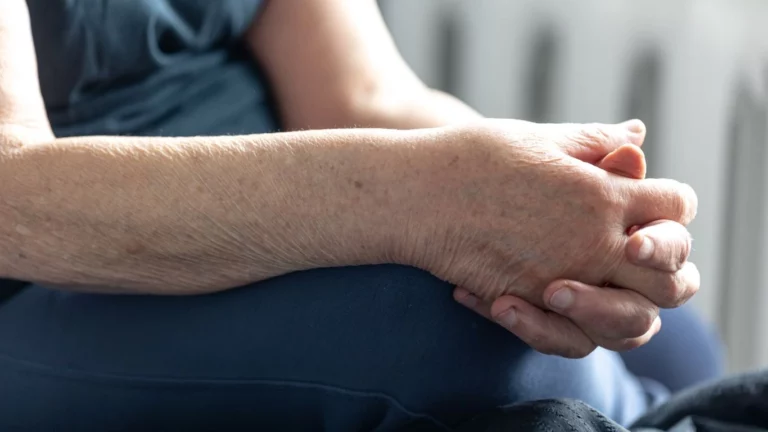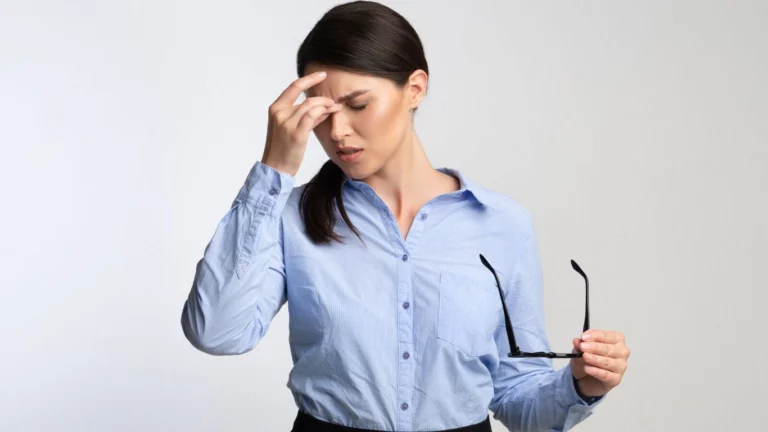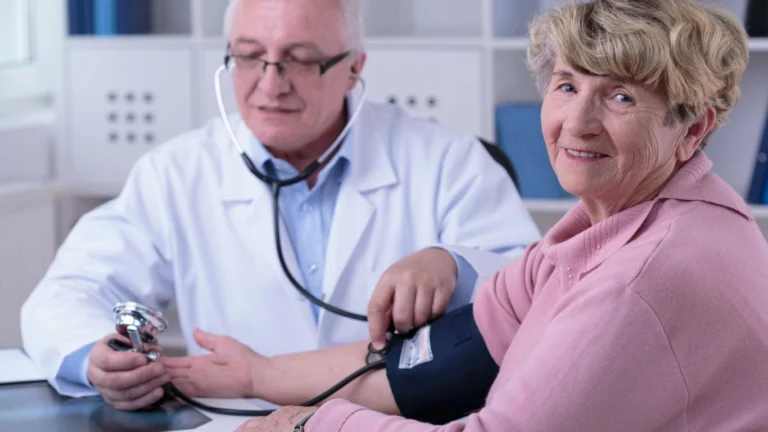Surprising Truth About High Blood Pressure After Caffeine Withdrawal
If you’ve recently stopped drinking coffee or cut back on caffeine and noticed your blood pressure creeping up, you’re not alone. I’ve seen this quite a bit in my Internal Medicine practice. Patients come in confused—doing all the “right things,” like quitting caffeine, but suddenly dealing with unexpected spikes in blood pressure. This strange twist, high blood pressure after caffeine withdrawal, is more common than people think, and it can be seriously frustrating. Let’s talk about what’s going on here, from a physician’s perspective, and more importantly, what you can actually do about it.
Why Quitting Caffeine Isn’t Always Smooth Sailing
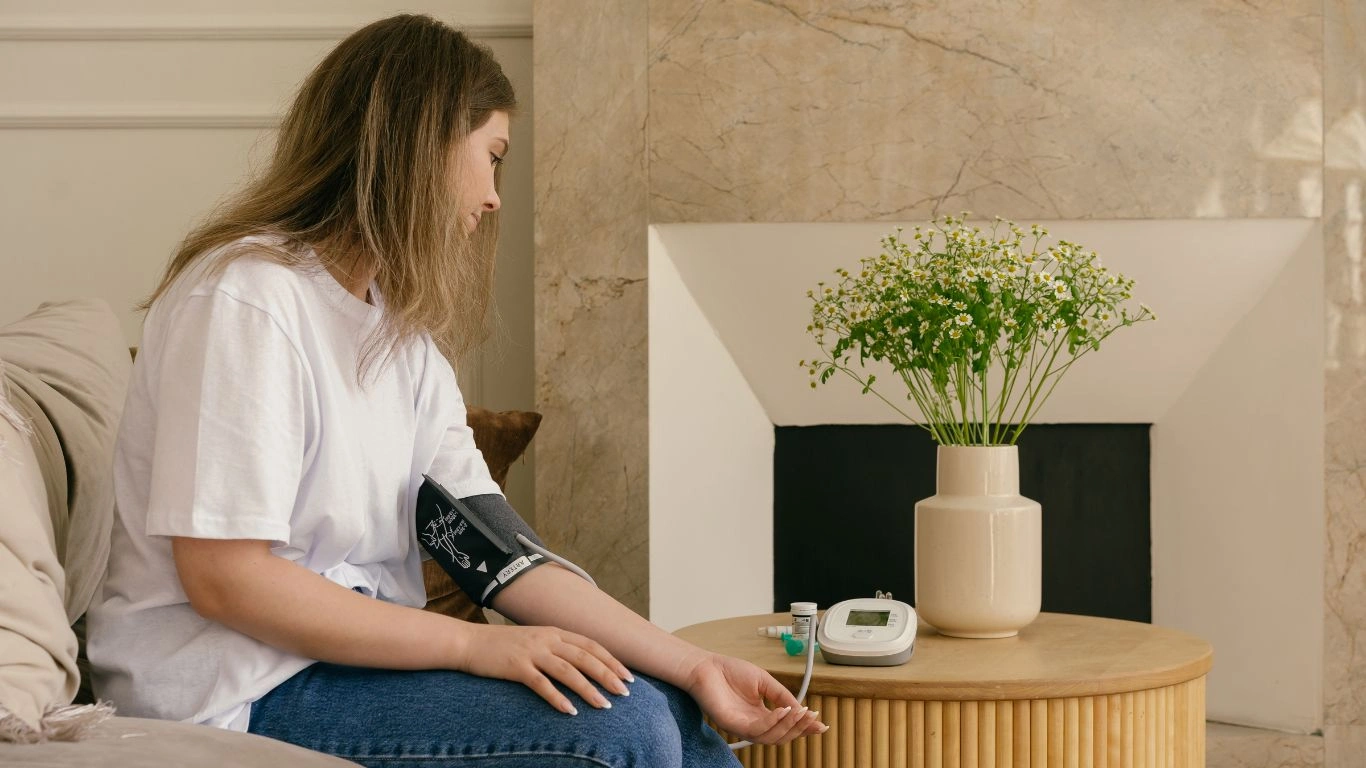
Caffeine: The Unexpected Frienemy
So, caffeine is kind of like that friend who hypes you up before a big night out—fun in the moment, but the crash after? Not so pretty. It acts as a stimulant, increasing alertness and temporarily raising your blood pressure by narrowing blood vessels and ramping up adrenaline. Many of my patients rely on it to kickstart their mornings, and I used to myself during residency. But when you suddenly take it out of your system, the body doesn’t always throw a welcome party for that decision.
What’s happening is your body has become used to the regular presence of caffeine, particularly in how it affects your cardiovascular system. Remove it too quickly and your body needs time to recalibrate. Sometimes that adjustment period involves temporary changes in blood pressure—and yes, those changes can mean an increase rather than a drop. Sounds backward, right?
Understanding the Rebound Effect
This is one of the more interesting (and frankly annoying) things I’ve noticed clinically. There’s a rebound mechanism at play when it comes to caffeine withdrawal. When you’re regularly caffeinated, your blood vessels constrict. Over time, your body compensates by making more adenosine receptors (the receptors caffeine blocks). Quit caffeine, and suddenly those receptors are wide open, overreacting, and causing vessel changes that can affect blood pressure regulation.
Here’s where it gets tricky: some people experience vasodilation (which you’d think would lower BP), while others have a sympathetic surge due to withdrawal symptoms like fatigue, irritability, and headaches—leading to an increase in blood pressure. And unfortunately, I’ve had patients track this on home monitors and bring in readings that look worse than before they quit.
What Symptoms Should You Watch Out For?
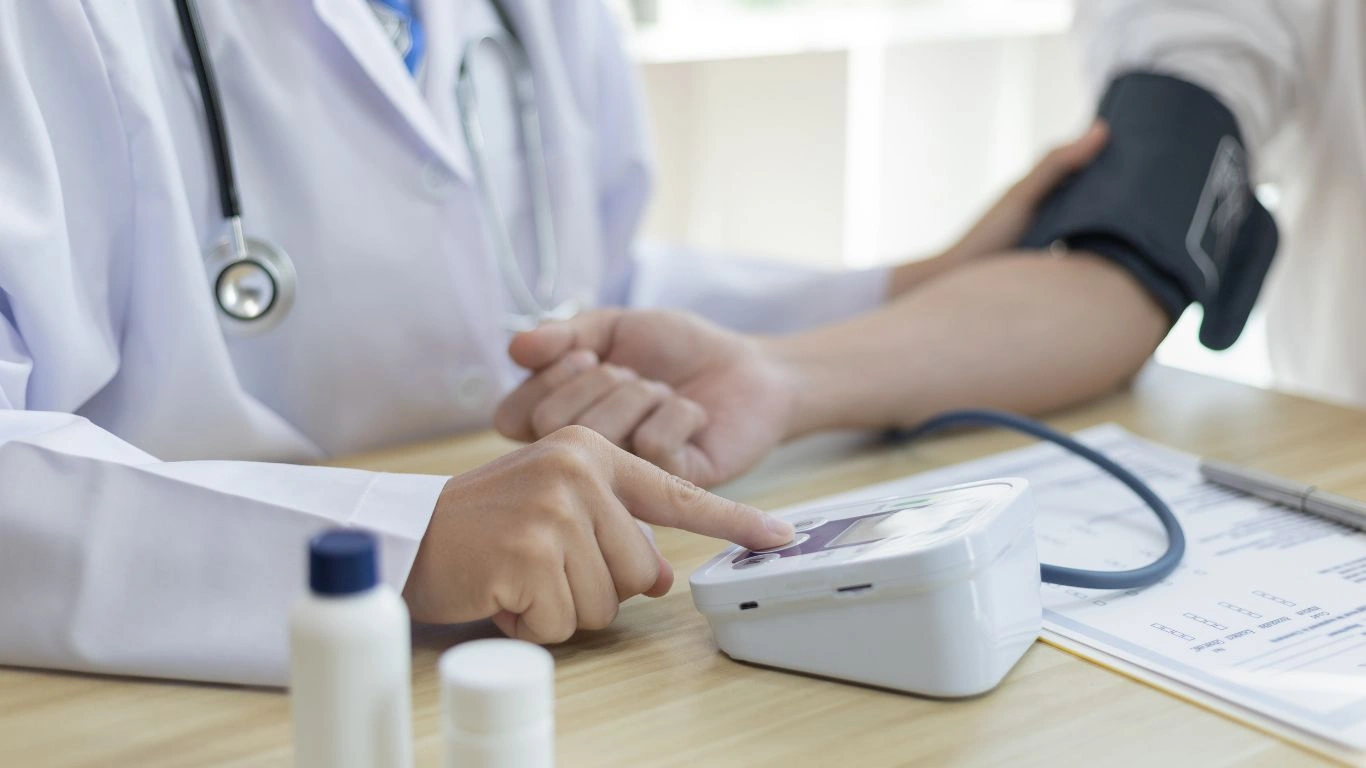
Common Signs Your Body Is Struggling Without Caffeine
If you’re wondering whether your high BP might be tied to recent caffeine changes, watch for some of these withdrawal red flags:
- Headaches that start around 12–24 hours after stopping caffeine
- Fatigue or a foggy brain that lingers longer than you’d expect
- Muscle stiffness or body aches—yep, even that can show up
- Heightened anxiety or irritability
- Unexplained spikes in blood pressure during the first week or two
One of my patients, let’s call her Tina, had been drinking two cups of coffee daily for years. She decided to stop cold turkey thinking it’d help lower her BP, but within four days, her numbers went up by 15 points. She was exhausted, cranky, and confused. We talked it through, and I reassured her that this wasn’t a failure—it was just her body recalibrating.
How Long Does the Spike Last?
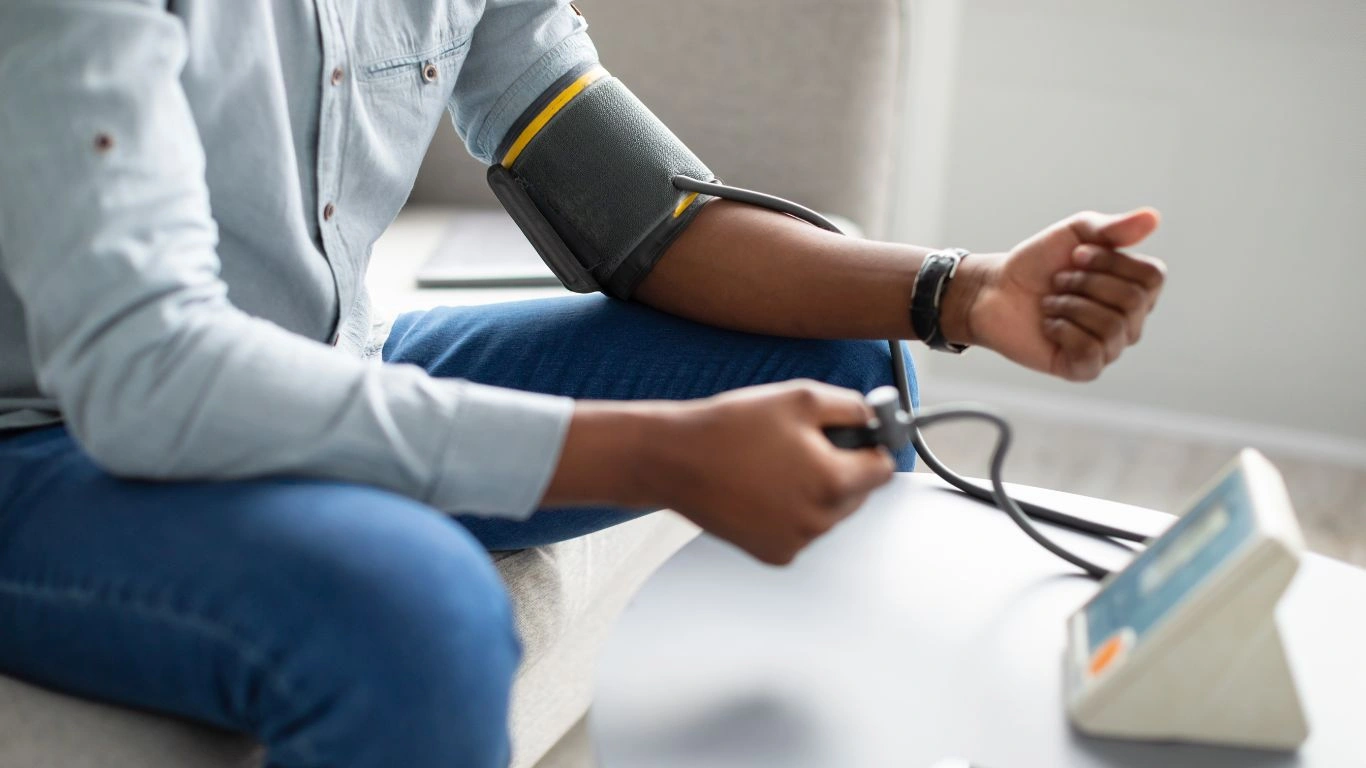
Short-Term Discomfort, Long-Term Benefit
In most cases, this increase in blood pressure is temporary. Your nervous system just needs a little time to adjust to life without that jolt of caffeine every morning. From what I’ve seen, most people stabilize within one to two weeks—sometimes three if they were very heavy caffeine users. But if you’ve been measuring your BP and it’s consistently higher, that’s worth a deeper look. You don’t want to write it off as withdrawal if something else is brewing.
The key takeaway? High blood pressure after caffeine withdrawal is real, and it’s not something to panic over, but you also shouldn’t ignore it. The more aware you are of how your body is reacting, the better equipped you are to manage it.
Tips to Manage High Blood Pressure After Caffeine Withdrawal
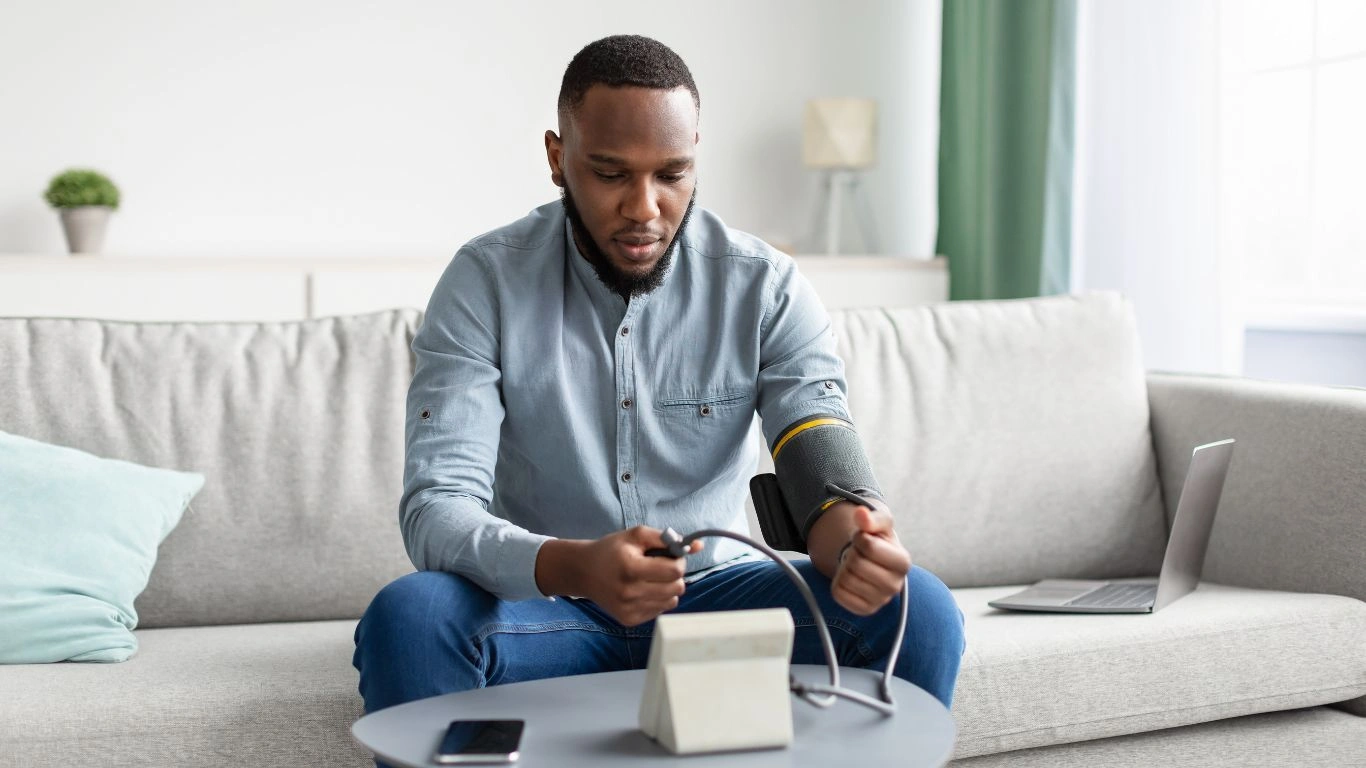
Go Slow—There’s No Gold Medal for Quitting Cold Turkey
One of the biggest mistakes I see folks make (and yep, I’ve done it too) is quitting caffeine cold turkey. If your body’s been running on caffeine fuel for years, it’s not going to let go without a little resistance. Gradual tapering is usually the smarter route, especially if you’re already monitoring your blood pressure or have been diagnosed with hypertension. Even shaving off half a cup every few days can prevent those BP spikes and those brutal headaches that tend to follow.
When I was helping a long-time patient of mine—let’s call him Mike—cut down from four cups a day, we tapered over two weeks. His blood pressure barely budged. But a couple of years before that, another patient stopped overnight and ended up in my office with a pounding headache and a BP of 164/98. Lesson learned: slow and steady works way better than the caffeine equivalent of ripping off a Band-Aid.
Hydration Is Your Secret Weapon
What often gets overlooked during this transition is hydration. Caffeine is a mild diuretic, and once you pull it out of your routine, fluid shifts can get a little wonky. Staying well-hydrated supports your kidneys, helps normalize blood volume, and can cushion some of the BP volatility. I always tell my patients to aim for water first—don’t substitute with energy drinks or fancy detox teas that claim to “flush toxins.” Your body knows what to do if you just give it water, sleep, and a little patience.
- Drink at least 8–10 glasses of water a day (more if you’re active)
- Add a pinch of sea salt if you’re feeling lightheaded—just don’t overdo it
- Use herbal teas like chamomile or hibiscus, which may even help lower BP
What to Eat (and Avoid) During This Transition

Support Your Cardiovascular System with the Right Foods
Nutrition plays a bigger role than people give it credit for when you’re managing high blood pressure after caffeine withdrawal. If you’re already giving up one stimulant, why not double down with heart-friendly habits? I recommend leaning into a Mediterranean-style eating plan—it’s backed by mountains of research and honestly, it’s delicious.
Here’s what I usually suggest to patients:
- Leafy greens: High in potassium, which helps balance sodium levels
- Beets: Naturally rich in nitrates, which can help dilate blood vessels
- Oats: A fiber-rich breakfast that helps with blood pressure regulation
- Bananas: A potassium powerhouse, easy on the gut, and satisfying
- Salmon or sardines: Omega-3s are your friend when it comes to blood pressure
Avoid heavy sodium, ultra-processed snacks, and anything that has “energy” in the name. These things just stir the pot when your body is already trying to find its balance.
Monitoring Your Progress Without Losing Your Mind

Know Your Numbers—But Don’t Obsess
Okay, this is a big one. I’ve had patients bring in journals with four, five, even six blood pressure readings per day. While I appreciate the enthusiasm, more isn’t always better. In fact, it can cause anxiety, which (you guessed it) raises blood pressure. My go-to advice is:
- Take readings at the same time each day (morning and evening are ideal)
- Always rest for 5 minutes before taking a reading
- Use a reliable, upper-arm cuff monitor (avoid wrist or finger ones)
- Keep a simple log—just date, time, and reading
And hey, if your numbers bounce around a bit in the first week or two after ditching caffeine, that’s normal. The key is to look at trends, not individual spikes. If your average is staying high after a month, then it’s time to revisit with your doctor. But early on, a little fluctuation doesn’t mean failure—it just means your body’s adjusting.
Don’t Forget to Rest
Lastly, let’s talk about sleep. Cutting caffeine can lead to withdrawal-related fatigue, but ironically, it can also mess with sleep patterns for some people. It’s like your brain is trying to figure out how to slow down naturally again. Quality sleep is crucial for BP control. No magic pill here—just good sleep hygiene: consistent bedtimes, screens off an hour before bed, and maybe a magnesium supplement (always talk to your doc first, of course).
As a physician, I’ve learned that no two caffeine withdrawal stories look the same. Some people breeze through it. Others feel like their world’s flipped upside down. But if you’re dealing with high blood pressure after caffeine withdrawal, know this: it’s manageable, temporary, and honestly, kind of a sign that your body is responding. And with the right strategies, you can absolutely regain control—without needing to go back to that morning espresso crutch.
When to Seek Medical Help for High Blood Pressure After Caffeine Withdrawal
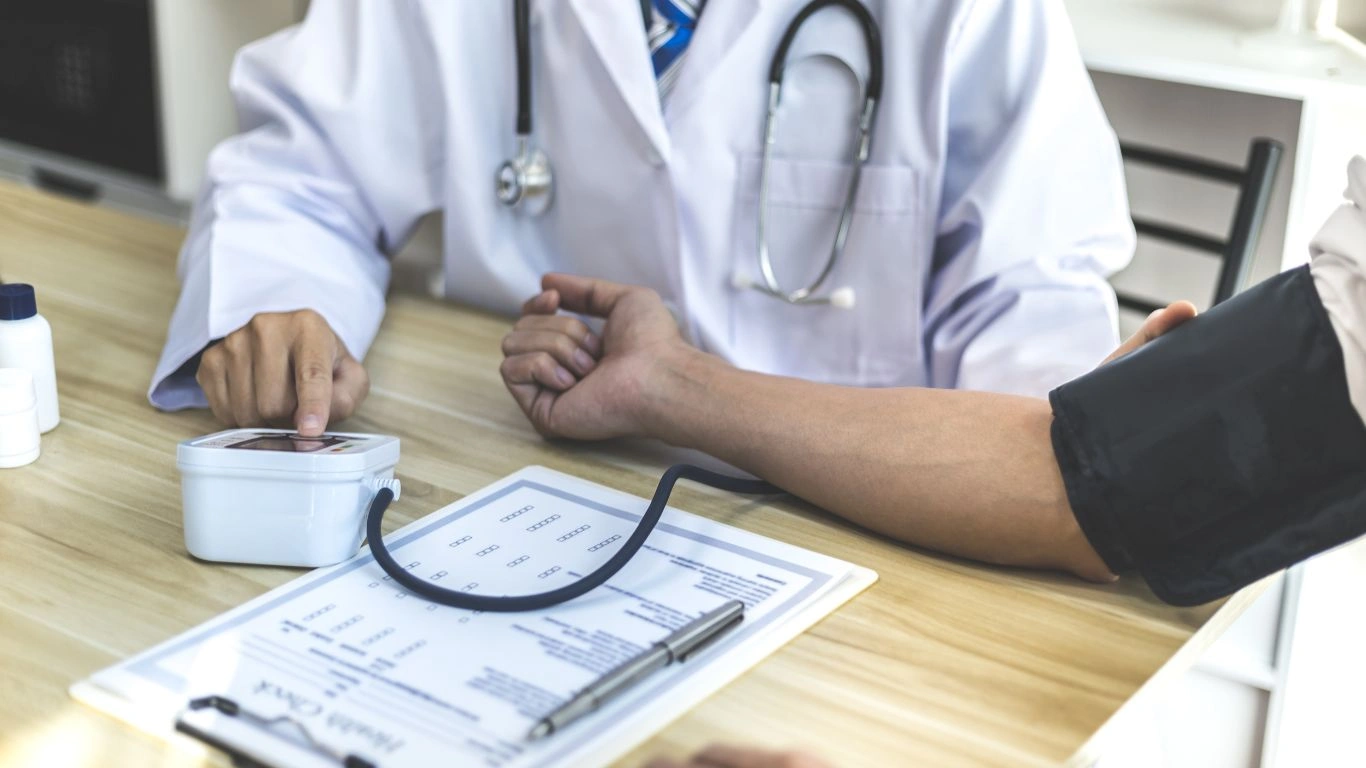
Recognizing Warning Signs You Shouldn’t Ignore
From my experience as an Internal Medicine physician, it’s crucial to understand when high blood pressure after caffeine withdrawal is something you can monitor at home and when it’s time to see your doctor. If your blood pressure readings remain elevated—say consistently above 140/90 mmHg—or if you experience symptoms like chest pain, shortness of breath, severe headaches, or visual changes, don’t wait it out. These could indicate a more serious problem requiring immediate evaluation.
It’s also important to keep in mind that caffeine withdrawal may unmask underlying hypertension that was previously hidden by the stimulant’s effects. That’s why if your blood pressure remains stubbornly high beyond a couple of weeks after quitting caffeine, a thorough workup is warranted. I’ve seen cases where patients thought they were “healthy” only to discover they needed lifestyle adjustments or medication to keep their heart and vessels safe.
Partnering with Your Healthcare Provider
In clinical practice, I always encourage patients to maintain open communication with their healthcare team during transitions like caffeine withdrawal. Share your home blood pressure readings, any symptoms you notice, and your concerns. This information helps us tailor recommendations specifically to you, whether it means adjusting medications, ordering tests, or suggesting referrals to a cardiologist or hypertension specialist.
Sometimes, the anxiety around withdrawal can itself elevate blood pressure. That’s why holistic care—addressing mental and emotional well-being alongside physical health—is so important. I often suggest mindfulness techniques, breathing exercises, or even gentle yoga to help patients manage stress during this time.
Long-Term Strategies to Keep Blood Pressure in Check
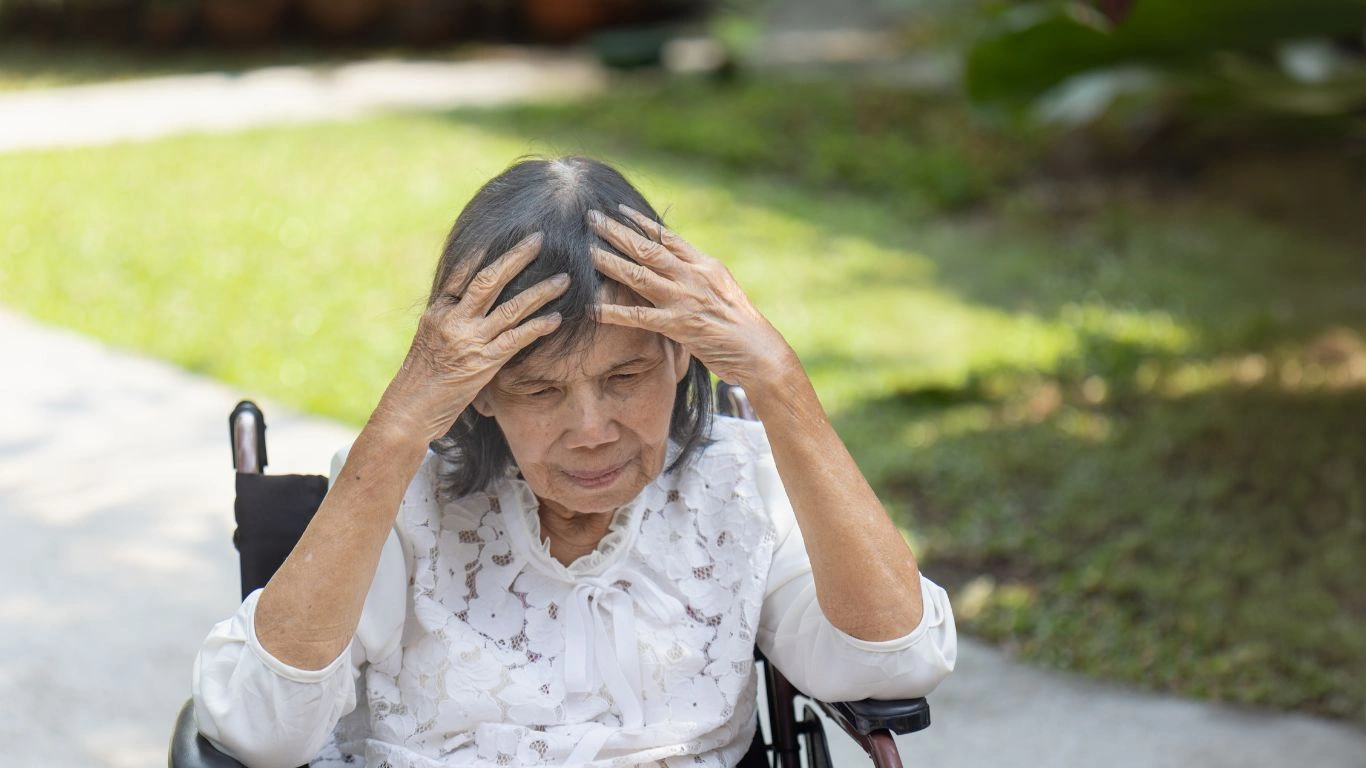
Building Sustainable Habits
Quitting caffeine is a great step toward improving your health, but maintaining steady blood pressure means adopting a broader lifestyle approach. From my years of treating hypertension, here are some sustainable habits I recommend:
- Regular exercise: Aim for at least 150 minutes of moderate activity weekly. Walking, cycling, swimming—find what you enjoy.
- Balanced diet: Keep focusing on whole foods, rich in fruits, vegetables, lean proteins, and whole grains.
- Limit sodium intake: Excess salt can sabotage your progress, so read labels and opt for fresh over processed.
- Manage stress: Practice relaxation techniques daily, even if just for 5-10 minutes.
- Avoid excessive alcohol: Moderate consumption or none at all supports better BP control.
- Regular monitoring: Continue tracking your blood pressure but avoid obsessing over numbers.
Integrating these habits doesn’t just help with post-caffeine blood pressure spikes—it lays the groundwork for a heart-healthy life. I’ve watched many patients transform their health by embracing these small but consistent changes.
Medication: Sometimes Necessary, Always Individualized
Not everyone will need medication, but if your blood pressure stays elevated or if you have other risk factors (like diabetes or kidney issues), your doctor may prescribe antihypertensive drugs. This isn’t a sign of failure; it’s simply part of managing a complex condition. In my practice, I always explain that medication is a tool to protect your organs and reduce risks, while lifestyle changes address root causes.
And if you’re worried about dependency, know that medications can often be adjusted or tapered as your health improves. The goal is always to optimize your well-being with the least intervention necessary.
Final Thoughts on High Blood Pressure After Caffeine Withdrawal
Making the decision to quit caffeine is a big deal—and sometimes a bumpy ride. If you’re experiencing high blood pressure after caffeine withdrawal, remember: it’s often a temporary phase while your body finds its new normal. With patience, proper monitoring, and smart lifestyle choices, you can come out stronger on the other side.
My role as a physician is to guide and support you through this process, recognizing that every person’s journey is unique. If you ever feel overwhelmed or unsure, don’t hesitate to reach out to a healthcare professional who can provide personalized care and reassurance.
References
- American Heart Association
- Centers for Disease Control and Prevention (CDC)
- American Gastroenterological Association
- National Heart, Lung, and Blood Institute
Disclaimer
This article is intended for informational purposes only and does not substitute professional medical advice, diagnosis, or treatment. Always consult your healthcare provider with any questions you may have regarding your health or medications. Individual responses to caffeine withdrawal and blood pressure changes can vary significantly.

Dr. Gwenna Aazee is a board-certified Internal Medicine Physician with a special focus on hypertension management, chronic disease prevention, and patient education. With years of experience in both clinical practice and medical writing, she’s passionate about turning evidence-based medicine into accessible, actionable advice. Through her work at Healthusias.com, Dr. Aazee empowers readers to take charge of their health with confidence and clarity. Off the clock, she enjoys deep dives into nutrition research, long walks with her rescue pup, and simplifying medical jargon one article at a time.
